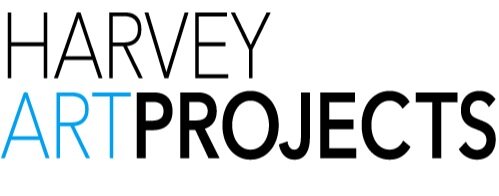ÖMIE ARTISTS (ORO PROVINCE, PAPUA NEW GUINEA)
ÖMIE ARTISTS is a cooperative of Ömie tribeswomen barkcloth painters from Mt. Lamington in Oro Province, Papua New Guinea. Barkcloth is the traditional textile of the Ömie tribe. Ancient clan designs are either painted with natural pigments in freehand onto the cloth or the cloth is dyed in river mud and the designs are appliquéd. Women wear nioge (skirts) while men wear givai (loincloths). Barkcloth serves important purposes in marriage, funerary and initiation ceremonies as well as utilitarian purposes such as blankets. Ömie barkcloths are still worn today by men, women and children during traditional ceremonies which can involve feasting and spectacular performances of singing, dancing and kundu-drumming. Nioge have been produced by Ömie women for gallery exhibitions since the cooperative was founded in 2004.
Women prepare the barkcloth by harvesting the inner bark pulp of rainforest trees which they then pound and fold repetitiously on flat stones in the river until a strong, fibrous sheet of cloth is produced. The cloth is then left to cure in the sun. The red, yellow and black coloured pigments are created from fruits, ferns, leaves and ash. Common painting implements include strong grasses, fashioned wooden sticks and frayed betelnut husks.
In 1951 Huvaemo erupted which correlated with the coming of the first missionaries who banned the ancient initiation ceremony known as the ujawé that involved tattooing clan insignia (sor'e) onto the skin. The Dahorurajé clan Chiefs Warrimou and Nogi took the eruption as a warning from the Spirit of Huvaemo and the ancestors to all Ömie people - they must hold onto their traditional culture and turn away from these outsiders. So the Chiefs spread the word throughout the tribe to encourage the women to paint their tattoo designs onto the barkcloth to appease the ancestors. And so triumphantly, the Ömie have managed to preserve their traditional tattoo designs through the women's strong barkcloth painting tradition.
Traditional Ömie culture as well as Ömie territory's lush rainforests, wild rivers and sacred creation sites such as the volcano Huvaemo and Mount Obo provide a plethora of subjects from which the artists continue to draw inspiration for their painting designs.
Ömie Artists is fully owned and governed by Ömie people. Five Art Centres service artists across eight villages and each of the centres play a vital role by ensuring that Ömie art and culture remains strong and by providing economic returns to their artists. Ömie Artists' Manager works closely with a Committee of Art Centre Coordinators to facilitate sustainable production and ethical sales of artists' works and to protect the rights of the artists. The Manager and Committee work in close consultation with clan Chiefs and elders to ensure that traditional Ömie clan copyright laws have been upheld and highly sacred information withheld before distribution.
Since the first exhibition in 2006 the barkcloth art of the Ömie women has been highly celebrated, culminating in the National Gallery of Victoria's landmark exhibition Wisdom of the Mountain: Art of the Ömie in 2009. Artists have also been included in major exhibitions such as Cloth That Grows on Trees at the Textile Museum of Canada in 2007; 17th Biennale of Sydney at the Museum of Contemporary Art in 2010; and Paperskin: The Art of Tapa Cloth at the Museum of New Zealand Te Papa Tongarewa in 2010. In 2012 major exhibitions of Ömie art were held at the Fowler Museum UCLA and the de Young Museum in the USA. Significant collections of Ömie art are held in both public and private collections including the National Gallery of Victoria, National Gallery of Australia, and Queensland Art Gallery.
Text: Brennan King © Ömie Artists 2011





